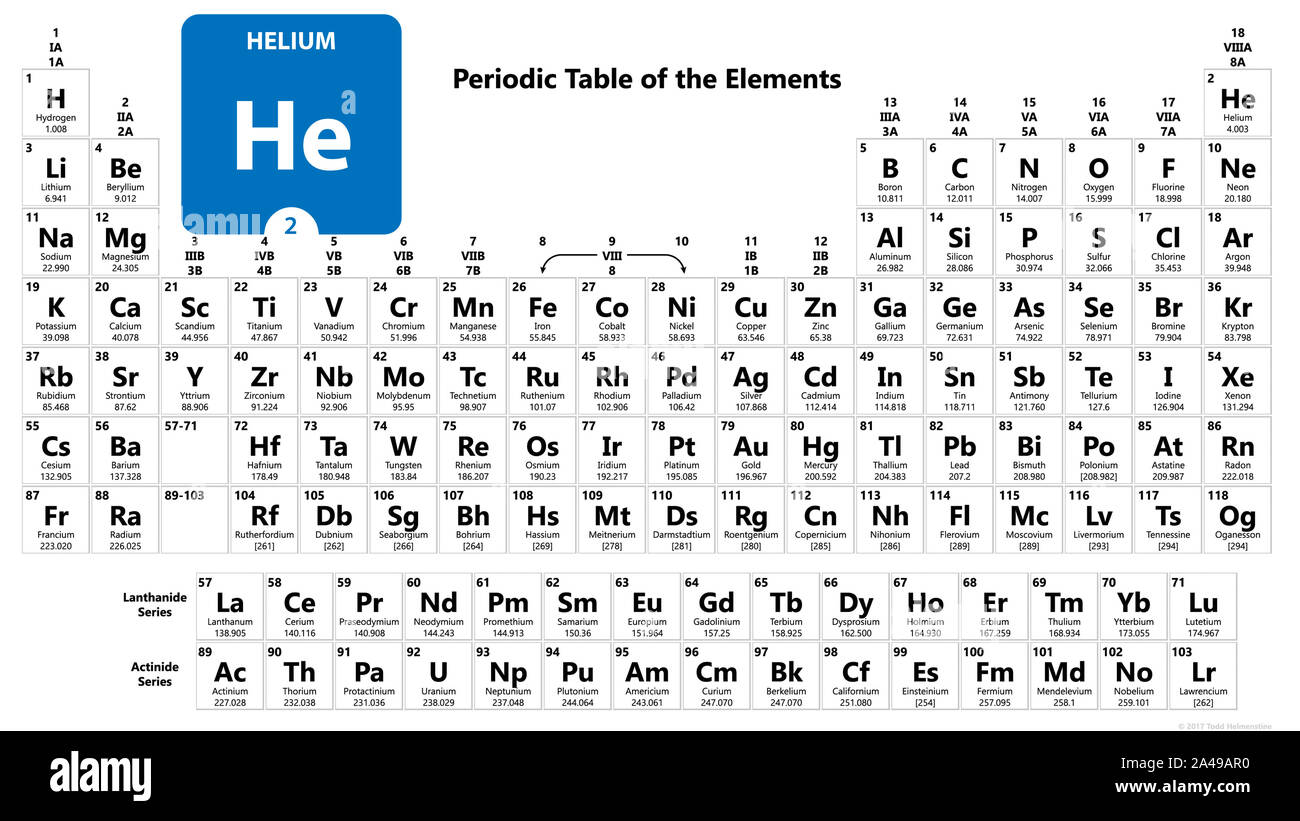While there's no exact formula for calculating how much HNT you'll earnover a given period, there are some higher level concepts, design elements, andrules to keep in mind that will help better explain what you might earn and why.This section covers these, as well as some mining and token reward basics.
The inventory includes most major league franchises, and given an occasional shot of helium, these durable foil balloons will remain aloft just as long as your fan support. Buy Online, Pick Up at Your Local Party City Store. Every foil balloon you purchase online comes with the cost of helium included. Helium is a chemical element with atomic number 2 which means there are 2 protons and 2 electrons in the atomic structure. The chemical symbol for Helium is He. It is a colorless, odorless, tasteless, non-toxic, inert, monatomic gas, the first in the noble gas group in the periodic table.
How Do Hotspots Earn Helium Tokens?
The Helium blockchain rewards Hotspots for providing wireless coverage andverifying the Helium Network. Hotspots are rewarded in Helium Token, $HNT.
Every epoch, the current consensus group mines approximately 30 blocks on theblockchain. In each block, Hotspots perform various types of work and are awardedaccording to the following distribution:
| Reward Type | Description |
|---|---|
| PoC Challenger | Rewarded to any Hotspot that creates a valid PoC challenge and submits the corresponding receipt to the blockchain. |
| PoC Challengees | Awarded to any Hotspot that transmits a POC packet after being targeted by the challenger. |
| Witnesses | Distributed to all Hotspots that witness a beacon packet as part of a PoC Challenge. |
| Consensus Group | Divided equally among the 16 Hotspots that are part of outgoing Consensus Group, responsible for mining blocks. |
| Security | Awarded to Helium, Inc and other Network investors who hold Security Tokens. |
| Network Data Transfer | Distributed each epoch to Hotspots that route LongFi sensor data for sensors on the Network during that epoch. |
Do I Have To Actively Participate to Earn Rewards Once My Hotspot isDeployed?
No. Once your Hotspot is completely deployed and fully synced with the Heliumblockchain, you as the owner are not required to do anything else in order toearn $HNT. Your Hotspot will perform all of the above activities on its ownwhile it runs.
Target $HNT Production Per Epoch
The target production rate for new $HNT minted per month is 5,000,000. Thismeans that, if the blockchain performs as designed, it will produce 5,000,000HNT per month. This target rate is based on the following two parameters, asdefined in their specific chain variables:
- Target block time is
60seconds. - Target epoch size is
30blocks.
Recall that, in the Helium blockchain, blocks contain some number of individualtransactions, and epochs are comprised of all the blocks mined by the currentConsensus Group since the last epoch.

So, if the Network achieves its target block time of 60 seconds, and targetepoch of 30 blocks, the blockchain will produce 5,000,000 HNT per month. Perepoch, this equals roughly 3424.66 HNT. The math for this is as follows:
(43800 minutes per month / 30 minutes per epoch) = 1460 epochs per month(5000000 tokens minted per month / 1460 epochs per month) = 3424.65753424658 HNT per epoch
What Are The Current Block and Epoch Times?

At any point you can go to theHelium blockchain Explorer to view recent blockand epoch statistics, past $HNT production numbers, and much more. YourHelium Mobile Wallet will also give you the averageblock and epoch times for the trailing 24 hour period.
HNT Distributions Per Epoch
As calculated above, the target HNT per epoch is approximately 3424.66. Thenext logical question is, 'Where does all this HNT go?' Let's take a look.
Below are the mining rewards per epoch. For every complete epoch, marked by theelection of a new Consensus Group, all the HNT produced get distributed overthe following reward types:
| Reward Type | Percentage | HNT Earned by Reward Type |
|---|---|---|
| PoC Challenger | .95% | 32.53427 |
| PoC Challengees | 5.31% | 181.849446 |
| Witnesses | 21.24% | 727.397784 |
| Consensus Group | 6% | 205.4796 |
| Security Tokens | 34% | 1164.3844 |
| Network Data Transfer | Up to 32.5% | Up to 1113.0145 |
| Total | 100% | 3424.66 |
Helium Number Of Valence Electrons


Rewards Change Over Time
In the above table you can see the maximum allotted rewards per reward type inaccordance with HIP 10 (described below). If you want to see the current rewardtype percentage, you can always query theChain Variables API.The next maximum allotted rewards change is currently scheduled for August1, 2021.
HIP10 and Variable HNT Rewards for Network Data Transfer
As noted above,HIP10 was activated on August 24th, 2020.HIP10 was introduced by Helium Community Member hashc0de and was adopted bythe Helium Community. It ensures that $HNT is rewarded at a rate of 1:1 to theamount of Data Credits (DCs) routed by any given Hotspot per epoch. In doing so,the Network Data Transfer reward is proportional to the DC spent that epoch.This proportional relationship between Network Data Transfer reward type and DCis capped at 32.5% (1113.0145 HNT). Therefore, if the DC burned doesn't equalthe value of 1113.0145 HNT, the remaining HNT is redistributed to the Proof ofCoverage (PoC) rewards groups pro-rata.
Helium Number Of Energy Levels
Here are a few examples to illustrate how this works in practice:
Example 1: DC Burn does not exceed 32.5% HNT
- In a given epoch,
2,000,000DCs are transferred across the network - The HNT Oracle Price is
$2.00 - In this scenario, total HNT value of DC transferred in this epoch is
10HNT.This calculation is:(2,000,000 DC * $0.00001 / $2 HNT Oracle Price) - These
10 HNTwould be split proportionally to the Hotspots who did the workrouting packets at the 1:1 rate. - The remaining
1103.0145 HNTfrom the Network Data Transfer reward would bedistributed ratably among the Challengers, Witnesses and Challengees.38.10413727to the Challenger group851.9282902to the Witness group212.9820725to the Challengee group
Example 2: DC Burn exceeds 32.5% HNT
- In a given epoch,
500,000,000DCs are spent on data transfer across thenetwork - The HNT Oracle Price is
$2.00
In this scenario, total HNT value of DC transferred in this epoch is 2500HNT.This calculation is:(500,000,000 DC * $0.00001 / $2 HNT Oracle Price)
- Because the Network DC burn exceeded the
1113.0145HNTavailable to theNetwork Data Transfer reward, all Hotspots who did the work over this epoch withsplit the full1113.0145HNTproportionally.

Additional Notes on Reward Types and Payouts
- All Hotspots in the
Consensusgroup will earn an equal reward. - All Hotspots participating in PoC, including
Challengers,ChallengeesandWitnesseswill earn rewards proportional to how many events theyparticipated in out of the total number of events per epoch. - All Hotspots participating in
Network Data Transferwill earn rewardsproportional to their share of the total data transfer in that epoch, as shownabove. - Hotspots can earn one or more reward types during any given epoch.
- Hotspots are only eligible to submit one Proof of Coverage Challenge - whichresults in them earning the
PoC Challengerreward - once per 120 blocks. PoC Challenger,PoC Challengee, andWitnessreward types get distributedin the epoch that includes the corresponding PoC receipt.- A Hotspots can earn more than one
PoC ChallengeeandWitnessrewards perepoch.
HNT Proration and Slow Block Times
The Helium blockchain is still new and growing quickly, so there are bugs to besquashed and optimizations to be made. Target block and epoch times can bedifficult to attain consistently. To account for this, the Helium blockchainuses something called proration to ensure that the target of 5,000,000 isachieved even if block and epoch times aren't on target.
Target HNT Depends on Blocks, Not Clocks
It's easiest to think of target HNT production over the span of one month. Ifthe blockchain performs on target, resulting in roughly 1460 epochs per month,then 5,000,000 new HNT will be produced. 'One month' is a period of timemeasured by a clock. However, under the hood, we use block time, and theresulting epochs, to mark HNT production against our target. So when blocks areslow, HNT production is reduced proportionally.
Atomic Number Helium
What Happens to HNT When Block Times are Slow?
Occasionally, due to the rapid growth of the network, there can beless-than-optimal block times. This results in slower epochs. When this happensthe blockchain will produce less HNT over the same period of time. This mayseem counterintuitive. Shouldn't the blockchain produce more HNT when blocktimes are slower to ensure the 5,000,000 per month target is hit? No. Again,think blocks, not clocks. Here's a step-by-step example to make it clearer:
- Let's assume for a given
60minute period, the average block time was120seconds (which is double the target of60seconds). - This would mark
30blocks over the60minute period, conclude an epoch,and result in HNT rewards being distributed. - As with any epoch, we would distribute the target of (approximately)
3424.66HNT. - However, since this epoch took twice as long as normal -
60minutes versus30minute target - the blockchain essentially distributes HNT at half thenormal rate.
When Block Times Slow Down, Everyone Earns Less
The most important take away here is that, when block times slow and HNTproduction is reduced, everyone participating in the Network - Witnesses,Challengers, Helium, Investors, etc. - is impacted equally (with theexception of Consensus Group members; more on this below). So, although it'sannoying that the effective rate of HNT may have dropped over a given period oftime, know that you're not the only one earning less. And this is by design.
Consensus Groups and Slow Block Times
The only group that doesn't see its HNT reduced per epoch when blocks are slowis the Consensus Group. Currently there are 16 members of each Consensus Group,sharing 6% of the HNT produced per epoch - or approximately 12.842475 HNT perConsensus Group member.
This amount stays fixed while every other category of HNT payout is prorated sothat members of the Consensus Group are incentivized to keep elections fast.Otherwise, a malicious Consensus Group member might be inclined to prolongelections. This could be done, for example, to prevent a subsequent election,thus ensuring current membership in the Consensus Group stays intact. Bydistributing a fixed amount of HNT per 30 block epoch (as opposed to proratingpayouts), we remove the incentive to disrupt elections.
